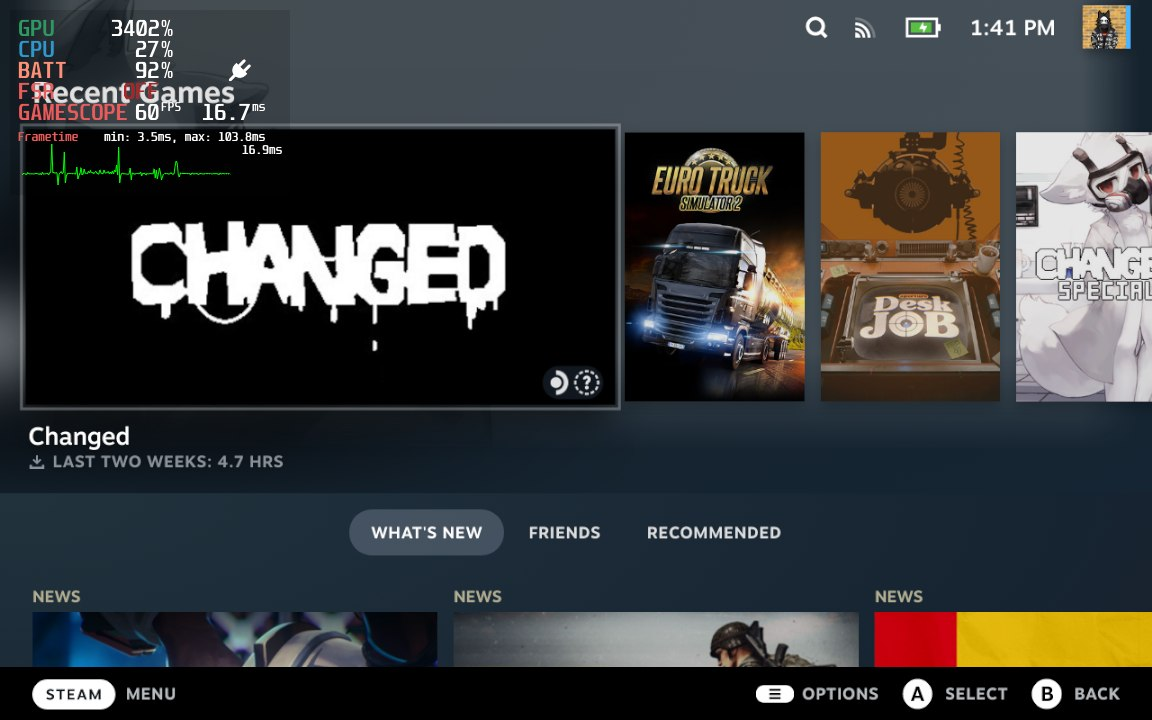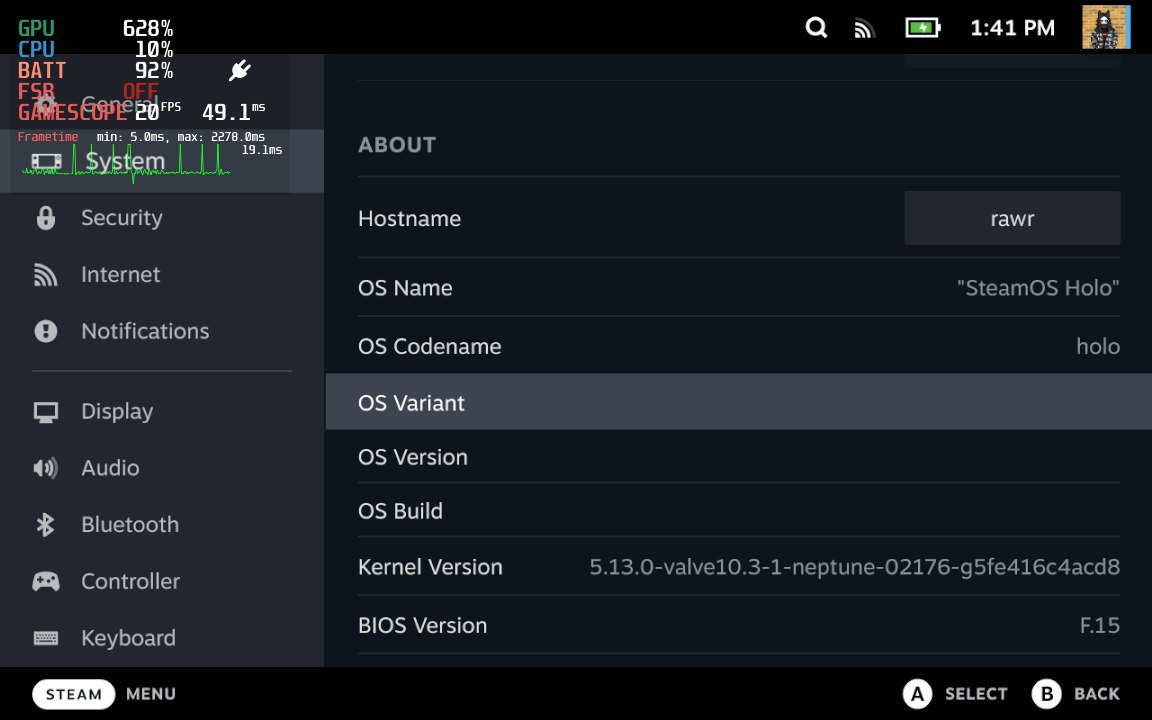2.5 KiB
HoloISO
SteamOS 3 (Holo) archiso configuration.
Yes, Gabe. SteamOS functions well on a toaster.
This project attempts to bring Steam Deck's Holo OS into a generic, installable format and replicate close-to-official SteamOS experience.
Upon booting, you'll be greeted with Steam Deck's OOBE screen, from where you'll connect to your network and login to Steam account, from there, you can exit to SDDM login screen by choosing Switch to desktop in power menu.
Q1:
- Is this official?
- The code, and packages are straight from Valve with zero possible edits. And ISO is being built on official Steam Deck recovery image running inside QEMU instance.
Q2:
- The ISO didn't boot for me, any solution?
- Currently, ISO only boots, only if flashing using BalenaEtcher, RosaImageWriter, Fedora Media Writer and DD with 4MB block size
Installation process:
Prerequistes:
- 4GB flash drive
- AMD GPU with Vulkan and VDPAU support
- UEFI-enabled device
- Disabled secure boot
Installation:
- Flash the ISO from
releasestab using balenaEtcher or by typingsudo dd if=SteamOS.iso of=/dev/sd(your flash drive) bs=4M status=progress oflag=sync - Boot into ISO
- Run
holoinstall - Enter drive node, starting from
for ex. sda or nvme0n1when asked - Take your favourite hot beverage, and wait till it installs :)
Screenshots:
Notes:
This configuration includes Valve's pacman.conf repositories, holoinstall script and holoinstall post-installation binaries.
This configuration builds releng-based ISO, which is default Arch Linux redistribution flavor.
Building the ISO:
Make sure you are running this on Steam Deck/winesapOS/pacstrapped SteamOS3. If not, copy airootfs/etc/pacman.d/mirrorlist to your Arch's installation
Make sure you have python and archiso installed
Trigger build by:
git clone https://github.com/bhaiest/holoiso/
sudo mkarchiso -v holoiso
Once it ends, your ISO will be available in out folder




